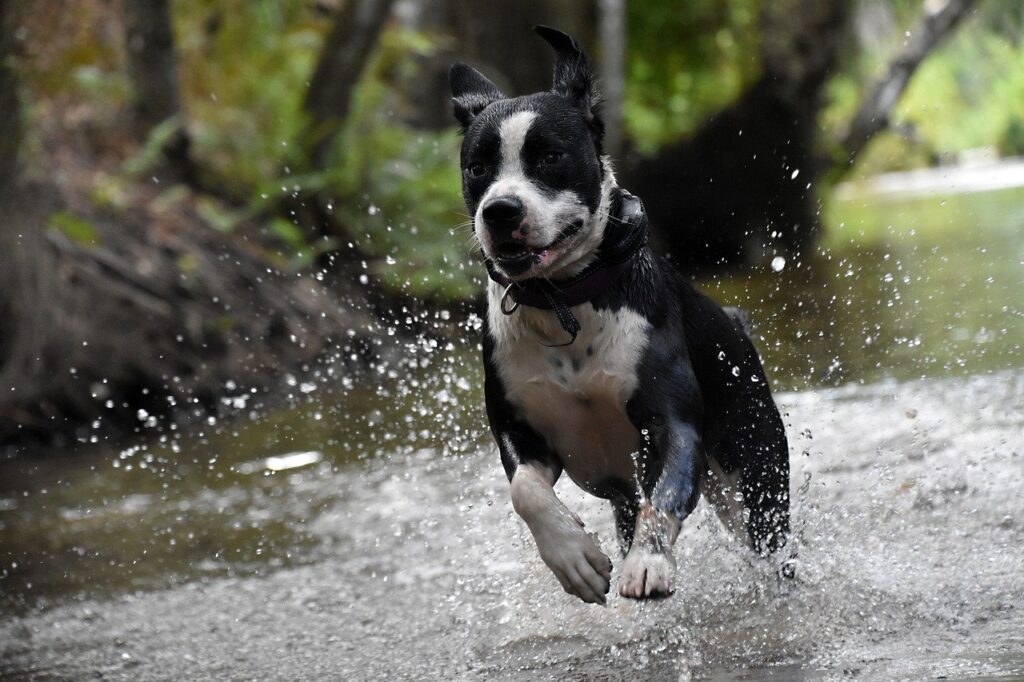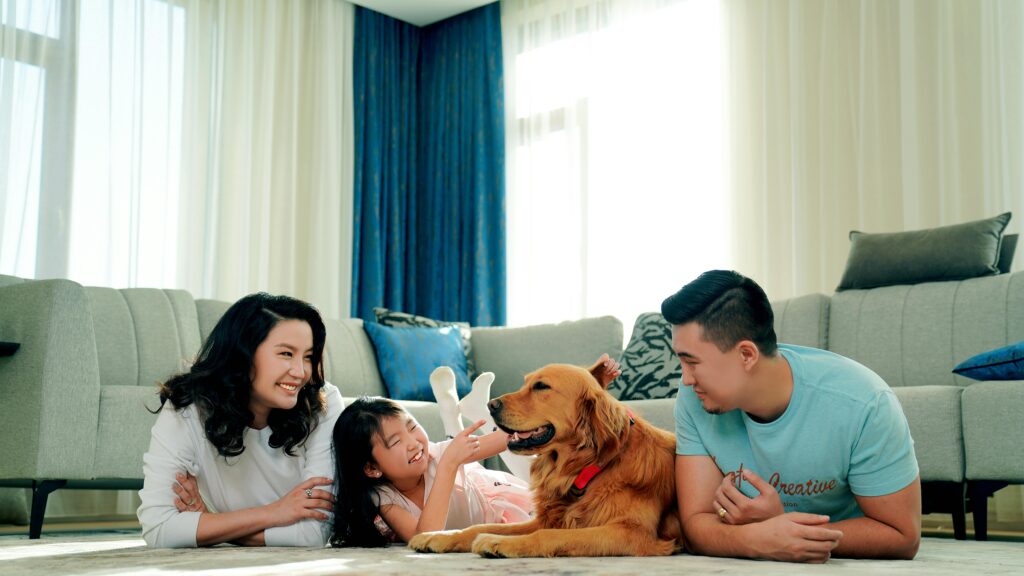Training your dog is an essential part of responsible pet ownership. It not only helps in managing your furry friend’s behavior but also strengthens the bond between you and your canine companion. This comprehensive guide will walk you through the basics of dog training, answering common questions and providing practical tips for success.

How to Train a Dog at Home
Training your dog at home is not only possible but can be highly effective. Here are some key steps to get started:
- Establish a routine: Dogs thrive on consistency. Set regular times for training sessions, meals, and walks.
- Use positive reinforcement: Reward good behavior with treats, praise, or toys to encourage repetition.
- Keep sessions short: Aim for 5-10 minute sessions multiple times a day to maintain your dog’s interest.
- Be patient and consistent: Learning takes time. Stay calm and stick to your training methods.
- Create a distraction-free environment: Start training in a quiet area before gradually introducing more challenging situations.
The 7 Essential Commands for Dog Training
While there are many commands you can teach your dog, these seven form the foundation of good obedience:
- Sit
- Stay
- Come
- Heel
- Down
- Off
- Leave it
Each of these commands serves a practical purpose in daily life and can help keep your dog safe in various situations.
The Number One Rule in Dog Training
The golden rule of dog training is consistency. This applies to:
- The commands you use
- Your tone of voice
- The rewards you give
- The rules you set
Consistency helps your dog understand what’s expected and makes the learning process smoother and faster.
The First Thing to Train a Dog
Start with the “sit” command. It’s relatively easy for most dogs to learn and serves as a foundation for other commands. Here’s a simple method:
- Hold a treat close to your dog’s nose.
- Move your hand up, allowing their head to follow the treat and causing their bottom to lower.
- Once they’re in a sitting position, say “Sit,” give them the treat, and offer praise.
- Repeat this sequence a few times every day until your dog masters it.
- Related: Investing in training provides a safe, enjoyable experience for both pets and families.
The Best Age to Train a Dog
While it’s never too late to train a dog, the ideal time to start is during puppyhood, specifically between 8-16 weeks old. During this period, puppies are incredibly receptive to learning and haven’t yet developed bad habits.
However, don’t worry if you’ve missed this window. Adult dogs can absolutely learn new tricks and behaviors. The key is to be patient and consistent in your approach.

Is It Too Late to Train My Dog?
The simple answer is no, it’s never too late to train a dog. While older dogs might take a bit longer to learn new behaviors or unlearn bad habits, they are certainly capable of change. The process might require more patience and consistency, but the results can be just as rewarding.
When training an older dog:
- Be extra patient
- Use high-value treats for motivation
- Keep training sessions short to avoid frustration
- Celebrate small victories
Remember, the goal of training is not just obedience, but to enhance communication and strengthen your bond with your four-legged friend. With patience, consistency, and lots of love, you can teach an old dog new tricks!
Training your dog is a journey that requires time, effort, and patience. But the rewards – a well-behaved companion and a stronger human-canine bond – are well worth it. Start today, and enjoy the process of learning and growing together with your furry friend.
Invest in your dog: Professional dog training uses positive reinforcement to teach obedience, manners, and specialized skills.